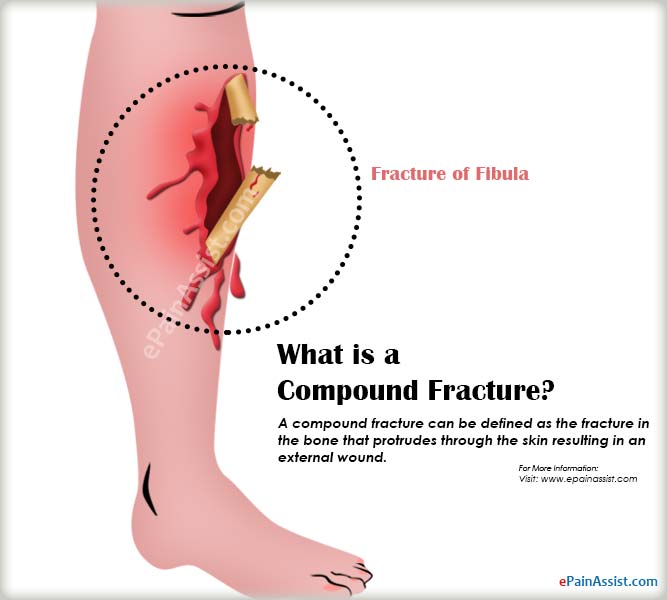This article on Epainassist.com has been reviewed by a aesculapian professional , as well as checked for facts , to assure the reader the best potential accuracy .
We follow a rigorous editorial policy and we have a zero - leeway policy regarding any level of piracy . Our article are resourced from reputable on-line pages . This clause may contains scientific reference . The numbers in the parentheses ( 1 , 2 , 3 ) are clickable inter-group communication to peer - reviewed scientific composition .
The feedback link “ Was this Article Helpful ” on this page can be used to describe content that is not precise , up - to - date or questionable in any manner .

This article does not provide aesculapian advice .
A fracture can be defined as the breakage hap in the continuity of off-white or a cartilage that may leave due to an stroke , bone disease like osteoporosis or abnormal bone formation . The fracture causes a traumatic pain in the patient role and the patient may also go into a land of seismic disturbance . In cases of fracture , the breakage may be of two types , complete broken off-white or incomplete breakage in which the osseous tissue may get crack .
The faulting is broadly categorized into two family which are closed fracture and unresolved fracture . In case of unsympathetic faulting , the geological fault occur within the trunk whereas in case of open fracture the broken off-white and its fragments protrude out of the skin creating an open combat injury with an increased jeopardy of infection of the bones . The unresolved fracture is also known as chemical compound fault .

What is a Compound Fracture?
A compound fracture can be set as the fracture in the bone that pouch through the skin resulting in an external wounding . This may ensue in take aback pain along with swelling and bruise in the affected region . In the worst cases , it may result in deformation which can further go to impairment in the movement of the affected area . Complications can also occur and worsen the condition when there is presence of an infection or the wound healing process is quite deadening .
Classification of Compound Fracture
The chemical compound fracture are classified into three categories based on the rigour of the fractures . These are :
Treatment of Compound Fracture
This fixation can be continued even after the wound heals or post the permanent fixing operation depending on the stability of the bone .
Recovery for Compound Fracture
The healing of chemical compound fracture or unfastened fracture ask a lot of prison term due to injury of the pearl as well as that of wall soft tissues .
The rate of healing is dependent on the type of compound break or clear geological fault and the severeness of the hurt . Since , there is always a possibility of bone contagion and non - union of the osseous tissue , the chemical compound fault or open fracture can take as long as eighteen months to heal .
The affected role usually feel discomfort , stiffness and helplessness brand the healing of the injury . Apart from the healing of the os , eubstance also requires the normal restitution and functioning of muscles along with the required strength and flexibleness . The healing process postulate cooperation and patience . When healed properly the patient can return to the casual routine and bodily process ; however , forethought must be accept to void any unneeded overburden of the area as it can lead to another faulting due to dampen bones .
Precautions for Compound Fracture
There are certain precautional measures which should be keep in brain when deal out with a berth in which the affected role has run across an compound fracture or open faulting . These types of geological fault take immediate attention to guarantee that no complications come up . Some measures that can be followed are:-
chemical compound cracking could be complicated and must not be taken lightly . The first aid must be put up as early as possible and immediate help must be called for . The treatment and the healing time depend on the grad of injury and the damage caused .
References :
Also show :